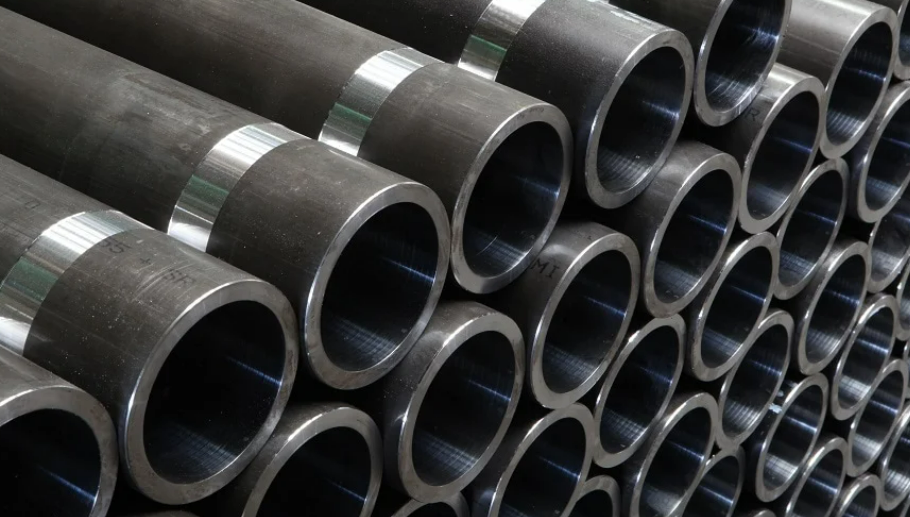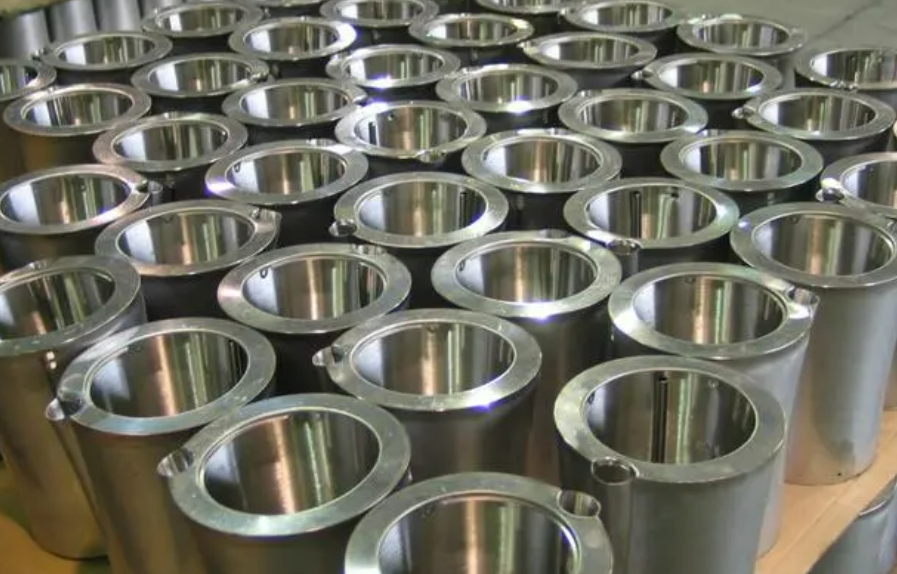Steel is one of the most versatile and widely used materials in the world, but did you know that not all steels are created equal? Low-carbon steel may not be as attractive as high-carbon steel, but it has some impressive qualities that make it a popular choice for manufacturers in all industries. In this blog post, we will explore the properties of low carbon steel, why it is so commonly used, and how it is manufactured.

What Are the Properties of Low Carbon Steel?
Low-carbon steel, also known as mild steel, is a type of steel that contains less than 0.3% carbon by weight. Due to its unique characteristics, it has become one of the most widely used materials in construction and manufacturing.
One characteristic of low-carbon steel is its ductility or ability to be stretched without breaking. It can also be easily welded and formed into various shapes, making it very suitable for applications such as piping and tubes.
Another important characteristic of low-carbon steel is its strength. While not as strong as high-carbon steel, low-carbon steel still has sufficient strength to withstand heavy loads and stresses.
Low-carbon steel also has a high degree of machinability, meaning that it can be efficiently cut or drilled with minimal tool wear. In addition, this type of material has good corrosion resistance when properly coated.
The combination of ductility, strength, machinability, and corrosion resistance makes low-carbon steel an attractive choice for many applications in different industries, including automotive manufacturing and construction projects.

Why Use Low-carbon Steel?
Low-carbon steel is widely used in various industries due to its unique characteristics. One of the reasons it is commonly used is because of its ductility and malleability, which make it easy to weld and shape into different shapes without breaking or cracking.
Another reason low-carbon steel is commonly used is because, compared to other types of steel, it is less expensive. Its relatively low manufacturing cost makes it an ideal choice for manufacturers who want to produce cost-effective products such as pipes, wires, and sheets.
Additionally, low-carbon steel, while being soft and easy to process, has excellent strength properties. This makes it suitable for building materials where durability is essential but high strength is not required.
Furthermore, due to its low carbon content, low-carbon steel does not harden when exposed to heat or cold. This allows the steel to withstand extreme temperatures without losing its structural integrity.
The corrosion resistance of low-carbon steel greatly facilitates its application in various industries that require rust-free components, such as food processing plants and chemical plants.
These unique characteristics make low-carbon steel an attractive choice for manufacturing companies in multiple industries.
How Low Carbon Steel Is Made?
Low-carbon steel is made by adding a small amount of carbon, usually less than 0.3%, to iron. The process of making low-carbon steel begins with melting iron at extremely high temperatures in a furnace. At this stage, other elements such as manganese and silicon are added to the mixture to control the final properties of the steel.
After melting, the molten metal is transferred to another container for refining. This involves removing impurities and adjusting the composition ratio until the desired purity level is achieved. After refining, alloys can be added for further customization.
Next comes the casting or solidification process, where the liquid steel is poured into a mold and cooled, before being extracted as a solid product. Another commonly used method in modern manufacturing involves hot rolling, which involves passing large slab ingots through continuously compressing rolls until they reach the desired thickness.
After forming, there may still be additional processing steps required (such as heat treatment), depending on how much strength or ductility needs to be imparted to the finished product, such as sheet metal or piping. Over time, the production methods for low-carbon steel have made significant advancements, thanks in large part to technological advancements that have enabled manufacturers to achieve greater precision and consistency in manufacturing these materials for use in various industries worldwide.
Conclusion
In summary, low-carbon steel is widely used in many industries due to its numerous advantages. It has excellent weldability, ductility, and machinability, making it easy to use in various applications. Additionally, its high strength and durability make it suitable for heavy-duty use.
Thank you for reading our article and we hope it can let you have a better understanding of the properties of low carbon steel. If you want to find more information about the properties of low carbon steel, we’d advise you to visit Huaxia Steel.
As a leading supplier of carbon steel products across the world, Huaxia Steel provides customers with a wide range of high-quality products such as alloy steel, tool steel, carbon steel, and carbon steel pipes for global markets at a very competitive price.







